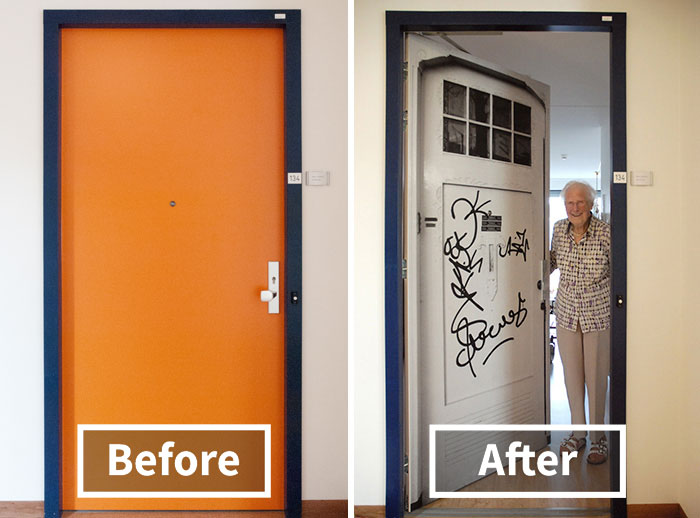Nursing home doors play a critical role in the overall functionality, safety, and security of the facility. They serve as entry points, provide privacy to residents, facilitate staff movement, and contribute to the overall ambiance of the environment. In this guide, we will discuss what you need to know about nursing home doors, including their types, features, and considerations.
Types of Nursing Home Doors:
Exterior Doors:
These are the main entry points to the nursing home facility. Exterior doors should be sturdy, secure, and equipped with appropriate locking mechanisms to prevent unauthorized access. They may include features like the keycard or keypad access systems for enhanced security.
Interior Doors:
Interior doors within the nursing home serve multiple purposes. They can separate different areas of the facility, such as resident rooms, common areas, and administrative offices. Interior doors should be designed to provide privacy, noise reduction, and ease of movement. They are typically lighter in construction compared to exterior doors
Resident Room Doors:
These doors provide privacy to individual resident rooms. They should be solid, well-insulated to minimize noise transmission, and equipped with locks to ensure the safety and security of residents. Resident room doors may also have peepholes or windows to facilitate communication and monitoring.d. Access-Controlled Doors: Some nursing homes may have areas or units that require restricted access, such as medication storage rooms, staff-only areas, or sensitive resident care areas. Access-controlled doors, equipped with electronic systems like keycards or biometric scanners, can help ensure that only authorized personnel can enter these areas.
Safety Features and Considerations:
Fire Safety:
Nursing home doors should comply with fire safety regulations. They should be fire-rated, meaning they can withstand fire for a specified period, providing residents and staff with sufficient time to evacuate. Additionally, fire doors should be equipped with self-closing mechanisms and proper seals to prevent the spread of smoke and flames
Accessibility:
Nursing home doors should be designed with accessibility in mind, considering residents with mobility devices like wheelchairs or walkers. They should have sufficient width to accommodate easy passage, lever handles for ease of use, and automated options such as automatic door openers or push-button systems to assist residents with limited mobility.
Anti-Ligature Design:
To enhance resident safety, nursing home doors should be designed to minimize the risk of ligature attachment. Ligature-resistant hardware, such as hinges, handles, and locks, can help prevent residents from self-harm or accidental entrapment.
Visibility and Monitoring:
Some nursing home door, especially those leading to resident rooms or high-security areas, may benefit from windows or peepholes. These features enable staff to visually monitor residents without compromising privacy or the need for constant door opening.
Emergency Preparedness:
Nursing home doors should equipp with emergency systems, such as panic bars or emergency release mechanisms, to ensure swift evacuation during emergencies. Staff should train on proper emergency procedures and the operation of these systems.
Staff Training and Policies:
Nursing home staff should receive comprehensive training regarding door-related procedures and policies. This includes understanding door locking/unlocking mechanisms, access control systems, emergency protocols, and the importance of maintaining door security and privacy. Staff should knowledgeable about the facility’s door-related policies, including restrictions on propping doors open or sharing access codes.
Regular Maintenance and Inspections:
To ensure the optimal performance of nursing home door, regular maintenance and inspections are essential. This includes checking for proper door alignment, smooth operation, lubricating hinges, inspecting locks and hardware, testing access control systems, and addressing any issues promptly. Routine inspections help identify potential safety hazards or security vulnerabilities and allow for timely repairs or replacements.
In summary, nursing home doors are a crucial component of the facility’s infrastructure, contributing to safety, security, privacy, accessibility, and efficient staff workflow. Here are some additional considerations related to nursing home doors

